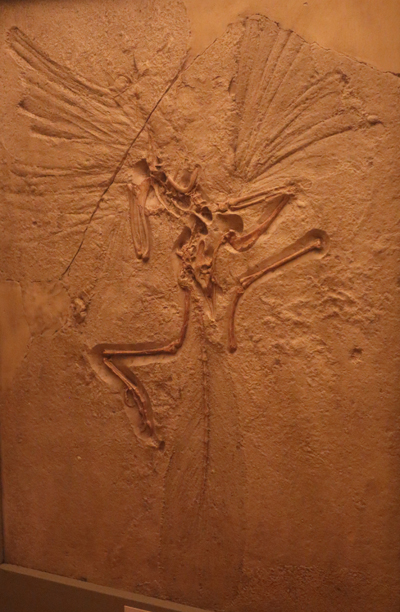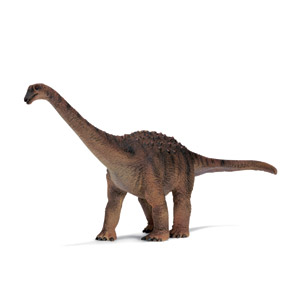What are the chances of an Organism becoming a Fossil?
The fossil record only represents a very small proportion of life in the past. A number of types of animals and plants can leave a substantial amount of material in the fossil record. Abundant and diverse creatures with hard body parts such as marine molluscs for example, these animals can be readily fossilised and preserved. The fact that such creatures have been around for a good few hundred million years (hence being found in lots of strata), adds to the chances of Mollusca being well represented in any fossil fan’s collection.
Looking at the Potential for Fossil Preservation
Picture credit: Everything Dinosaur
The chances of some other types of organism being preserved as fossils are much more remote, many soft-bodied organisms such as worms rarely fossilise, although the fossil record provides some evidence of their existence, there are fossils of such creatures in very special sediments such as the Burgess shales in Canada of many marine worm burrows are preserved as trace fossils.
Potential for Fossil Preservation
Some surprising natural processes can favour fossilisation. For example, plant material caught up in a forest fire has a greater chance of being fossilised than plants which are not. A portion of the plant material in any fire is not entirely consumed, much may be charred and survive as charcoal. The plant’s elemental material is effectively “carbonised” and in this state the plant is very unpalatable to herbivores and decay inducing bacteria and fungi. Think what happens when you put a slice of bread in a toaster, but leave it too long. The resulting toast is at first browned (water is extracted from the bread leaving a greater degree of the carbon (bread is a source of carbohydrate – made up of carbon and water), then if it is burned, it turns black. Burnt toast is effectively carbonised bread, you would not want to eat burnt toast and neither would many natural plant eating organisms when faced with partially carbonised semi-charcoal like remains.
This plant material if buried in the appropriate conditions can survive many millions of years, preserving amazing details of the plant cells and tissues. Electron microscope images of some of the fossilised remains of ancient plants from the Carboniferous (354 million years ago to 290 million years ago), show individual plant cell walls and tissue structures.
A number of factors can dictate whether an organism is likely to be fossilised or not. If the organism has hard parts in its skeleton a shell, bones, teeth or an exoskeleton like a trilobite, then there is a much greater chance of the specimen being preserved as a fossil compared to soft-bodied organisms. Marine organisms or animals living in lakes and other freshwater bodies have a better chance of preservation compared to animals living in drier habitats as the remains have more chance of being covered in sediments, buried and thus preserved. The actual number of specimens can have an impact on the chances of fossilisation. As an example, there would be little chance of a Giant Panda’s remains being fossilised as there are only a few hundred left in the wild. Compare this to a marine snail where there may be millions of individuals representing a species. Size of the organism can also play apart. Even a large titanosaur carcase can be broken up by predators and weathering elements. If the remains of an animal like a Saltasaurus (a relatively modest titanosaur but still weighing more than an African elephant), were to be washed into water by a flood event or such happening then the bones would soon become disarticulated and lost. It would be unlikely that few parts of the skeleton and other hard elements like the body armour and teeth with this particular creature would be rapidly buried and fossilised.
A model of a Saltasaurus – (Schleich Saltasaurus)
Picture credit: Everything Dinosaur
To view Saltasaurus and other dinosaurs: Dinosaur and Prehistoric Animal Models.
Compare this large titanosaur to the very much more abundant, tiny micro-fossils such as foraminiferans (shelled, minute protozoans). Tiny microscopic creatures with hard parts such as shells tend to be much more likely to be preserved. In terms of the number of individuals preserved the vast majority of the fossil record is made up of micro-fossils.








[…] abundance, geographic range, and temporal survival. Species that are more abundant often get more opportunities to fossilize. For example, with their low population numbers, tigers may have less chances than feral domestic […]